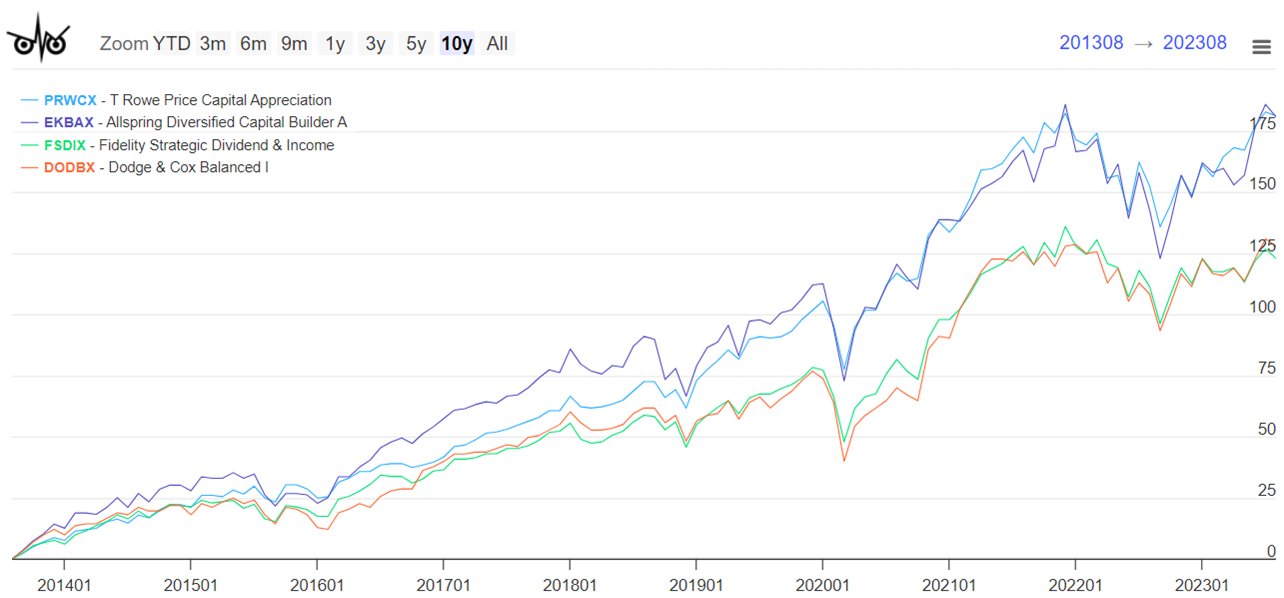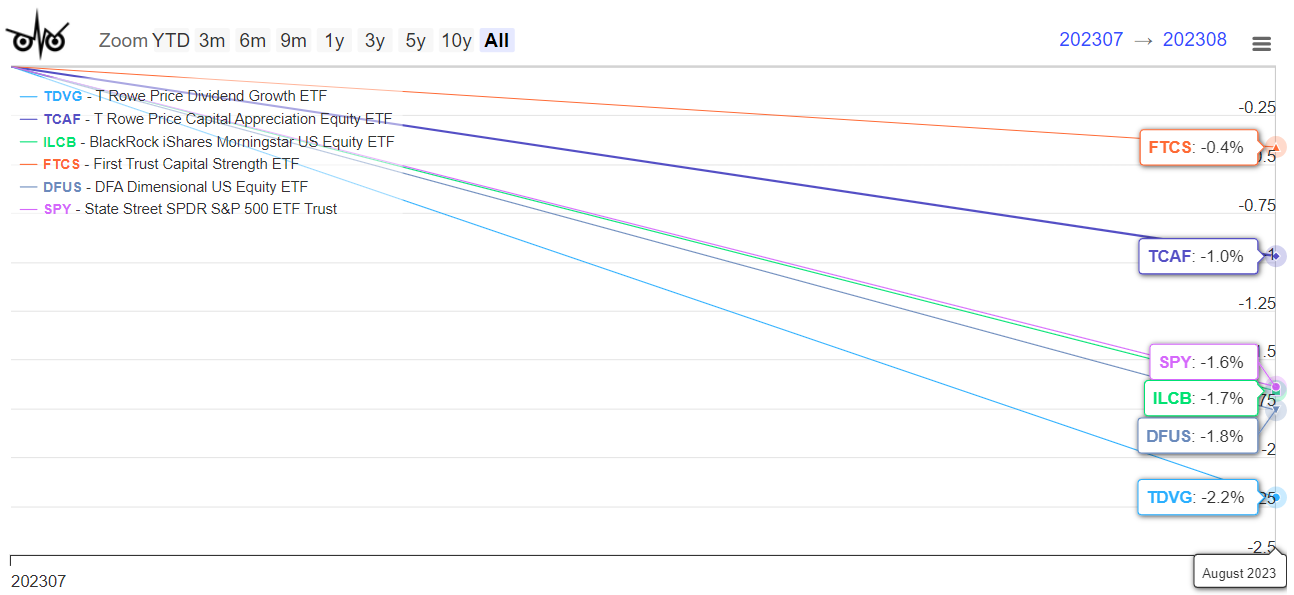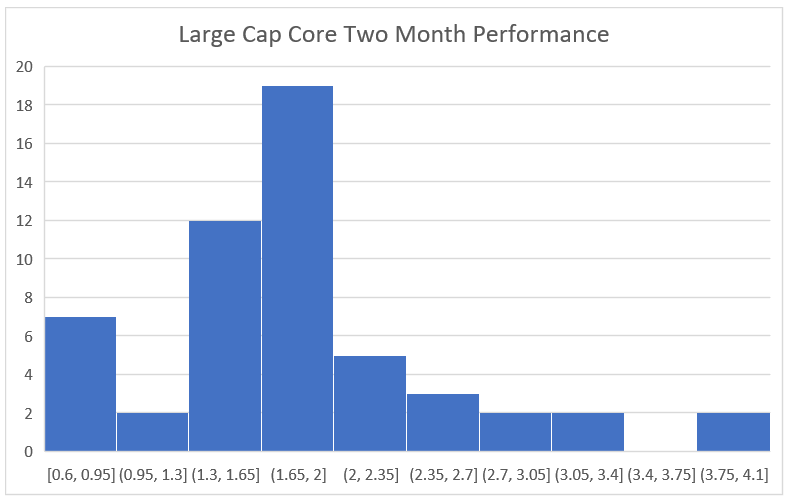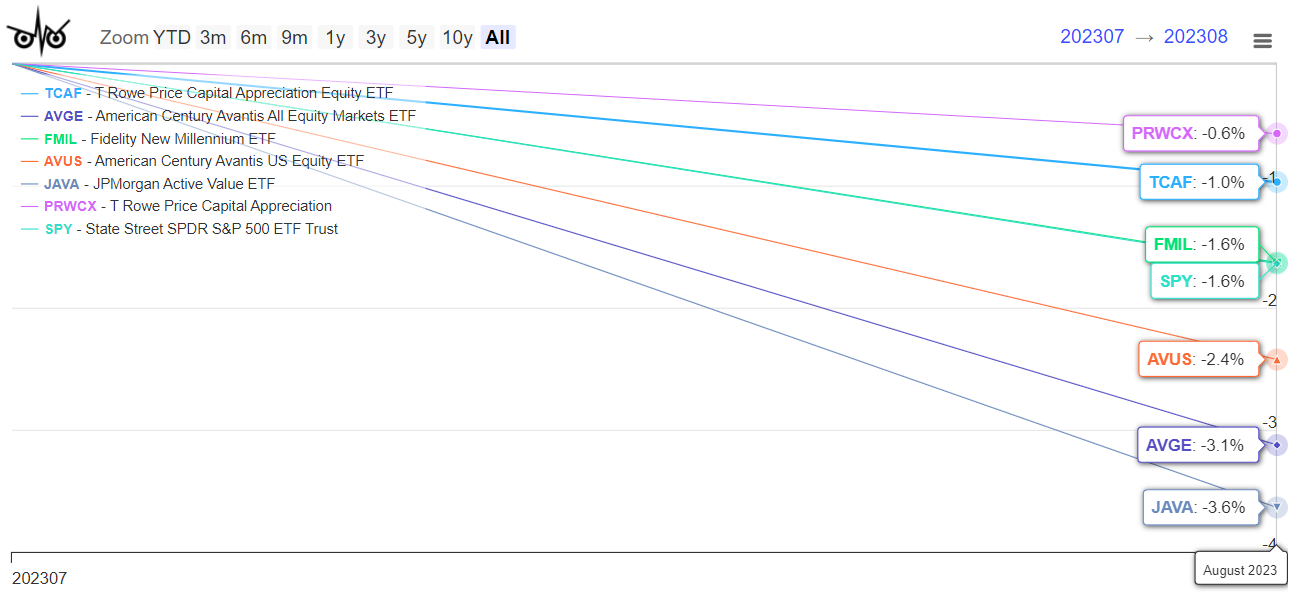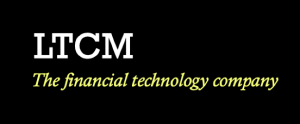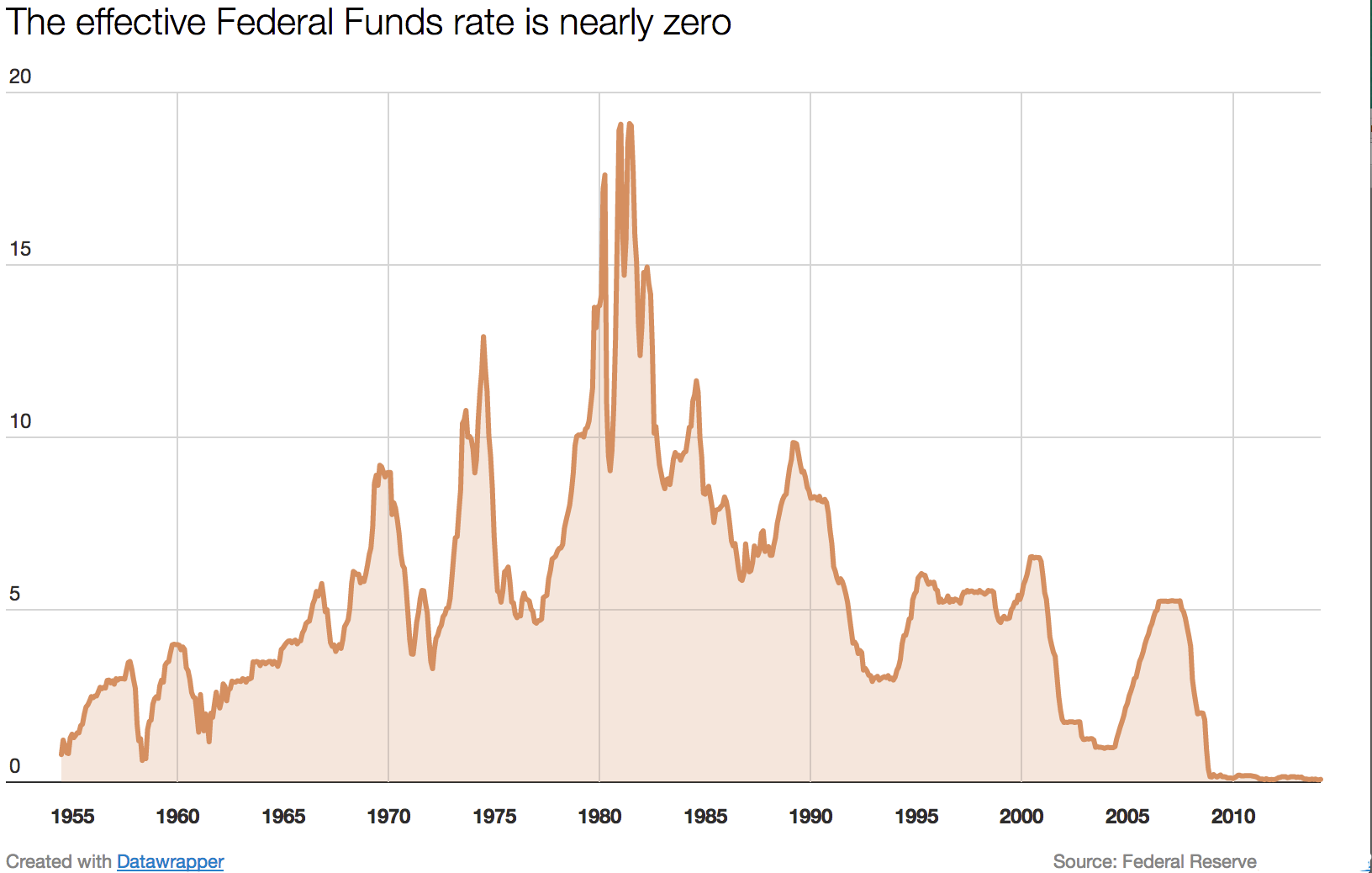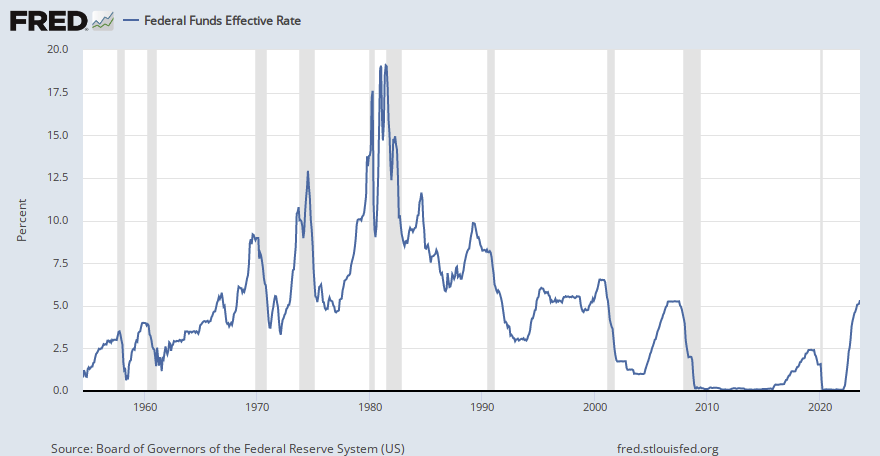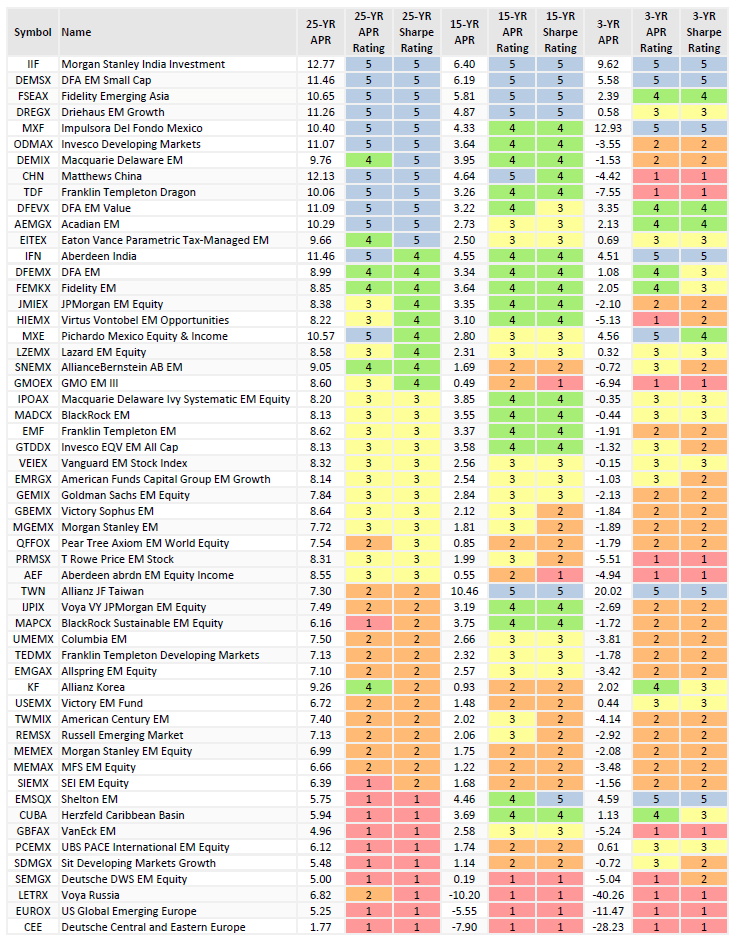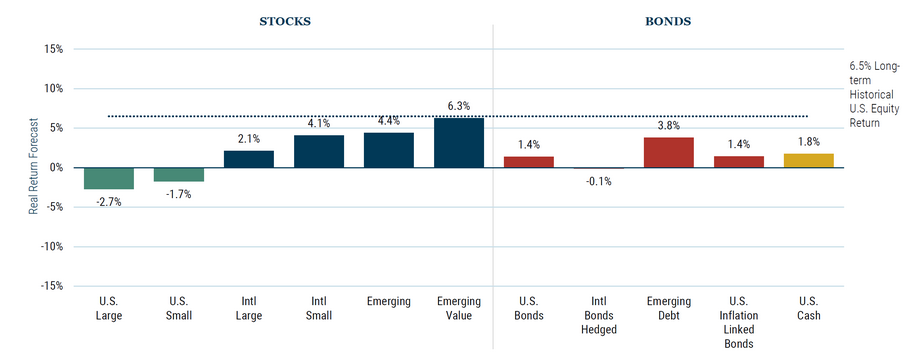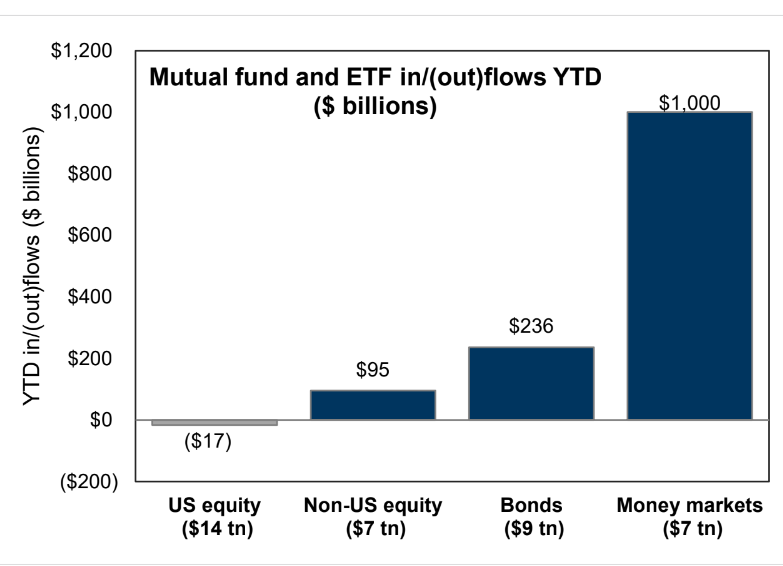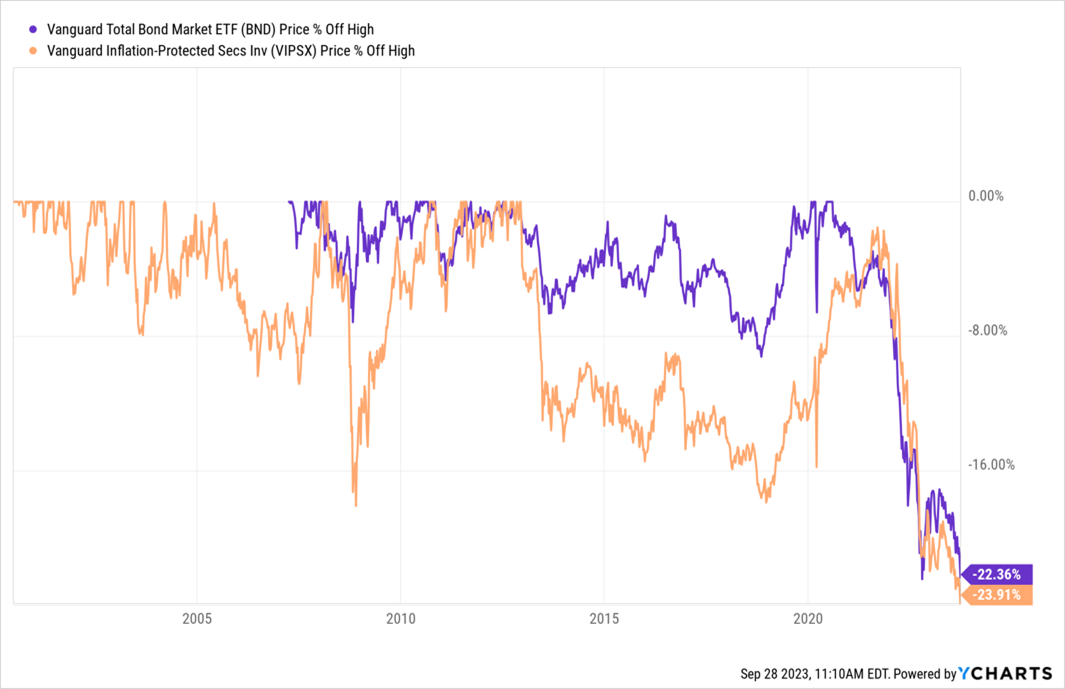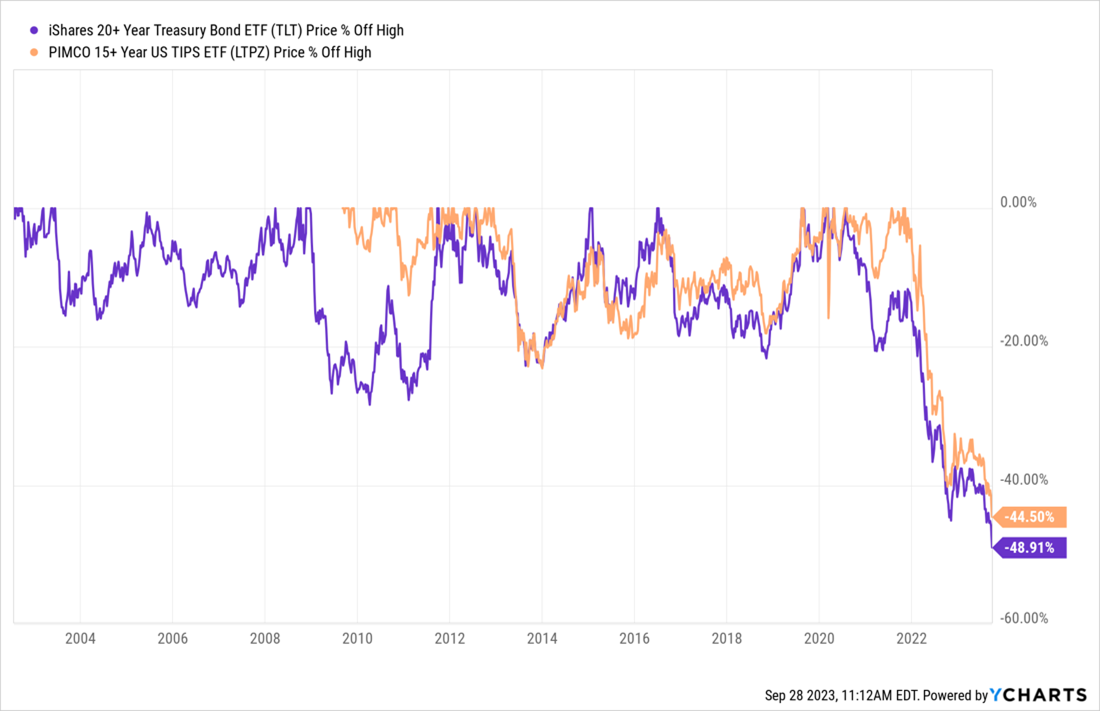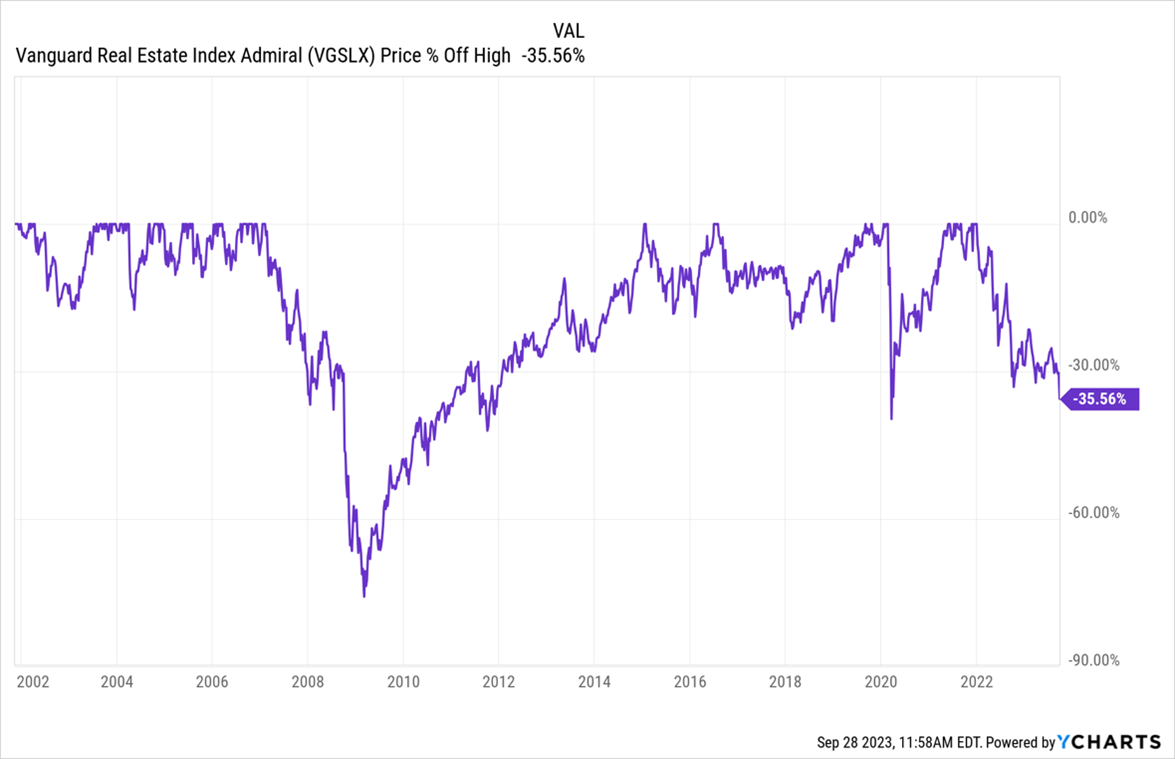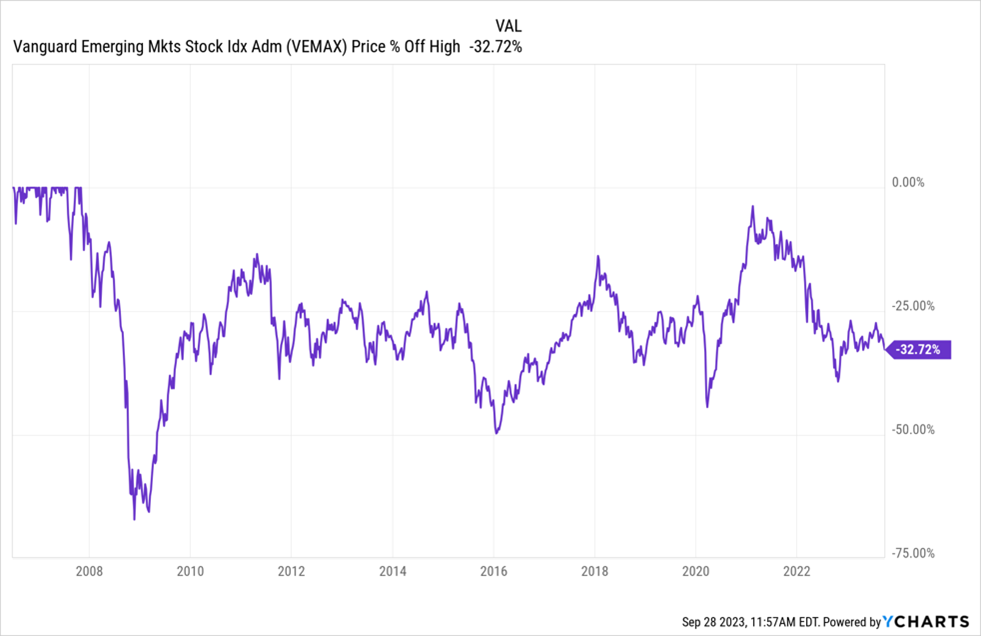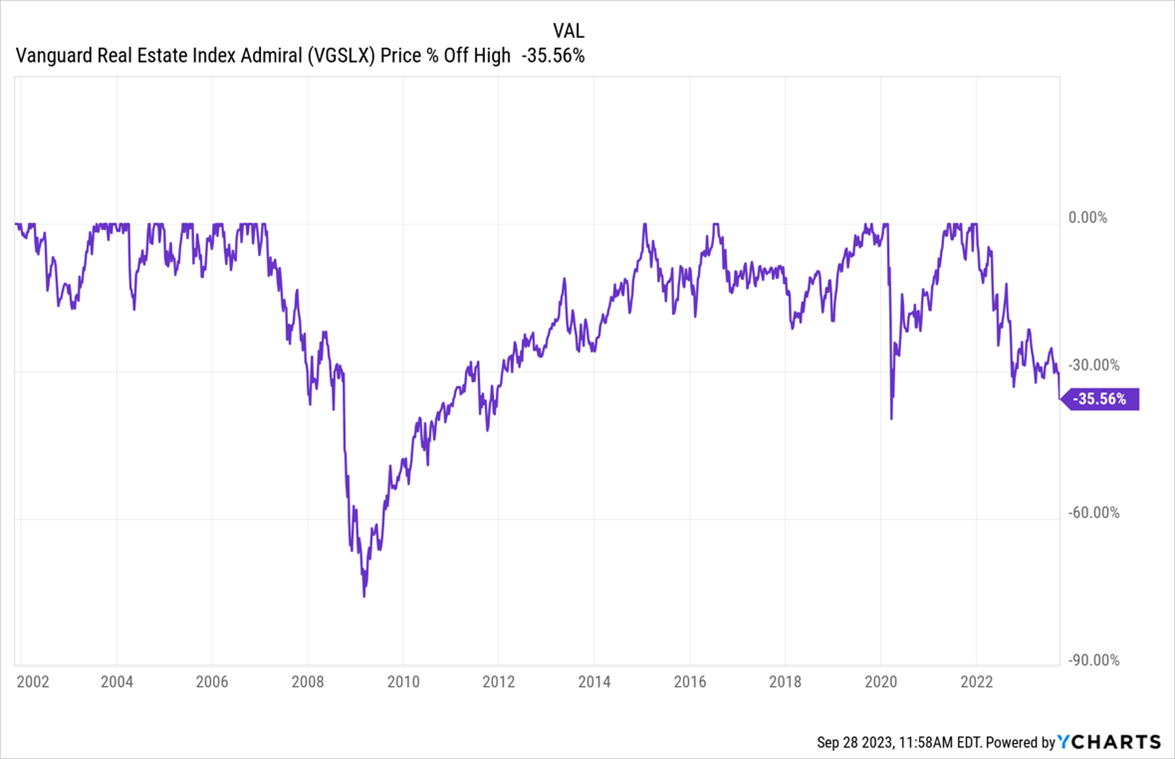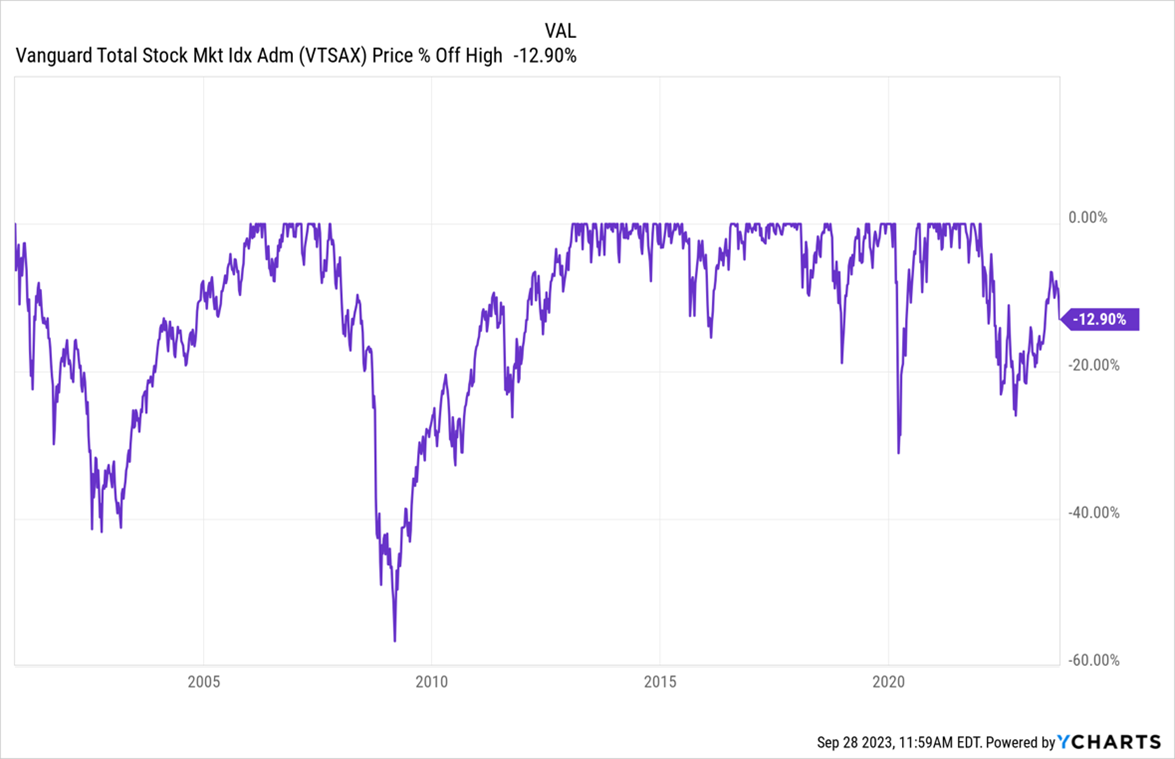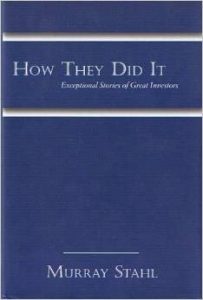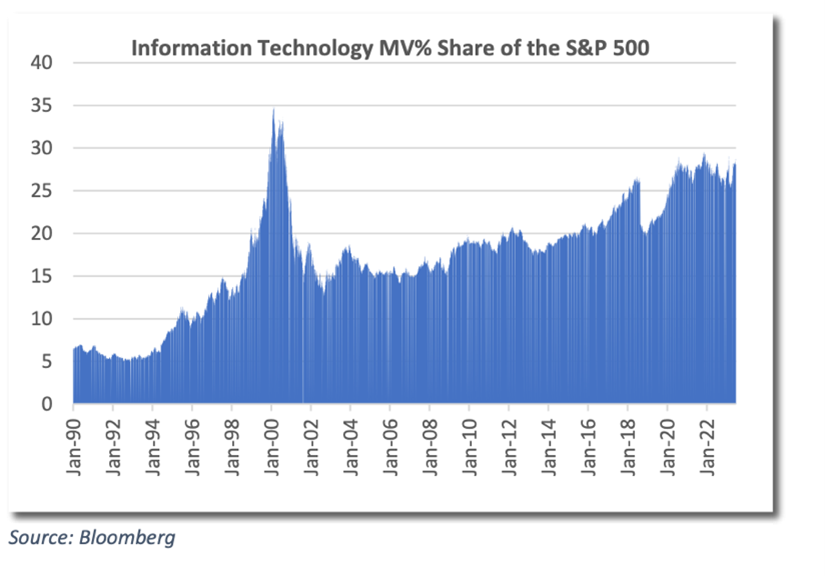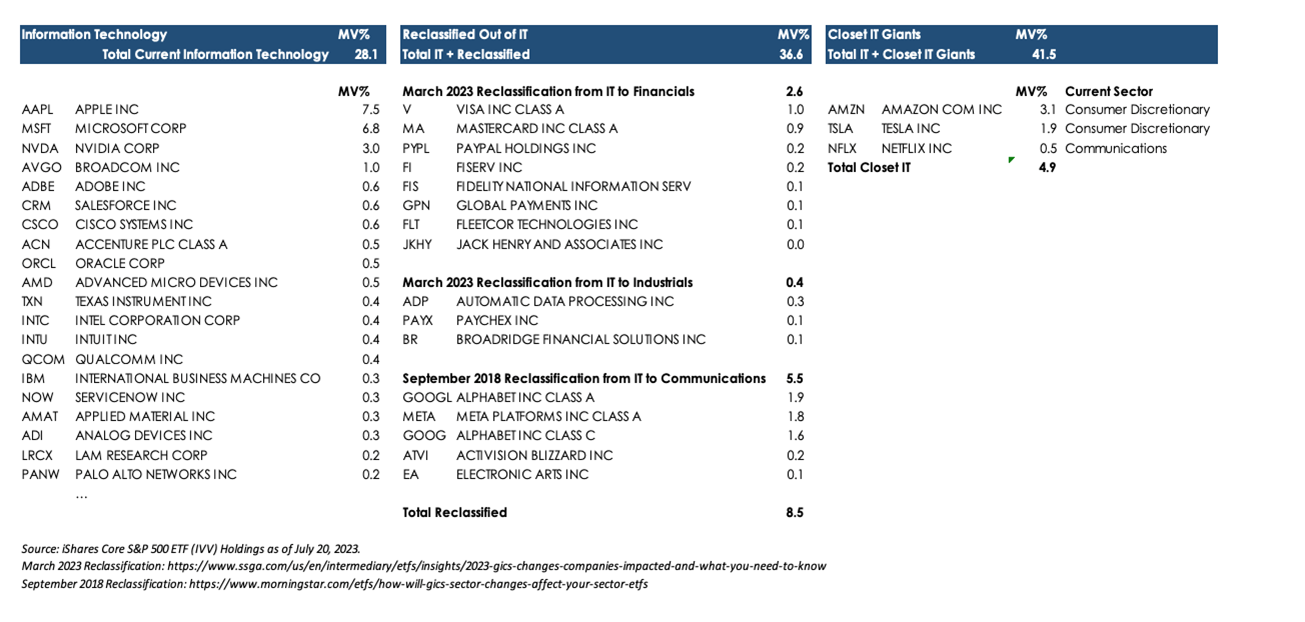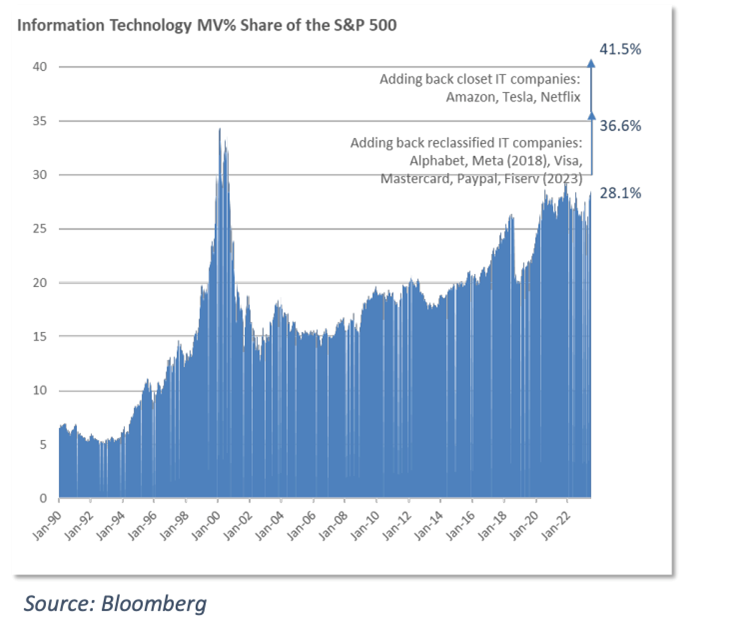Welcome to October, a fierce month!
It’s a month of apple harvests and Atlantic hurricanes (214 of them). Of a temperature roller coaster and of market crashes (1907, 1929, and 1987 – days with the word “Black” attached to their names, stand out). Of bonfires and of Great Fires (Mrs. O’Leary and her cow were framed, I tell ya). Of wars (from the Battle of Hastings in 1066 through the Second World War, October was always seen as your last chance for a quick land grab before wintry weather closed you down for the season) and rumors of wars (the Cuban Missile Crisis which, happily, didn’t trigger a global war in part because of President Kennedy’s familiarity with the political intransigence and misunderstanding that triggered the First World War). Of a thinning wall between the Here and the There and of troublesome spirits leaking through.
I sympathize with Joy Fielding’s description of the month in her murder mystery, Tell Me No Secrets (2016): “October was always the least dependable of months… full of ghosts and shadows.”
In the Observer this month
Devesh Shah, who has a formidable amount of experience as an investment professional, takes a long and deeply unsettled look at where high interest rates are taking us in “Another such victory and I am undone.”
Lynn Bolin reminisces on his first year in retirement, offering reflections on both the portfolio implications and the need to set goals far beyond money.
Lynn Bolin also weighs in on the newly launched T. Rowe Price Capital Appreciation Equity ETF and compares it – not entirely favorably – to its famous forebear, T. Rowe Price Capital Appreciation Fund.
On the 25th anniversary of the Long-Term Capital Management collapse, roughly the 15th anniversary of the Global Financial Crisis, and the third anniversary of the Covid bear, all of which hit emerging markets harder than any other, we look at the EM funds that have been through it all and identity the few who have served their investors honorably despite “the slings and arrows of outrageous fortune” (with a nod to Prince Hamlet) … and also those that manage to crash at every opportunity, and that still hold billions in assets.
I highlight two funds in the SEC pipeline that might bear watching, most notably the Hilton Small-MidCap Opportunity ETF.
And The Shadow, as always, tracks the industry’s news, including a series of lawsuits (hello, TIAA!) and SEC enforcement actions (against DWS, William Blair, Wellesley Asset Management, and others), new names, new Vanguard ETFs and the closure of one entire family of funds.
The Hunt for Red October
(With due credit to Leuthold’s Doug Ramsey for appropriating the phrase to capture the current moment in the markets. More below from Doug.)
MFO, among a thousand others, has loudly bemoaned the pernicious effects of a zero-interest-rate environment. Briefly, it punishes savers and so discourages savings, it rewards market gambles, and so encourages speculators. Savings rates plummet while earnings-free companies soar.
We are just now realizing the price of getting what we wanted. Devesh Shah lays out the consequences in depth in this month’s essay, “Another such victory and I am undone.” A snapshot of some of the fallout:
The highest mortgage rates in 20 years, 7.35% on a 30-year, is freezing the housing market, with potential owners reluctant to surrender their existing 3% mortgages and potential buyers reluctant to assume expensive new ones.
About $1.2 trillion in commercial real estate loans mature before the end of 2024, and they will all have to be refinanced at sometimes dramatically higher rates even as lease income dwindles and offices remain empty. It is unclear how many would-be borrowers will be able to get refinancing and even more unclear how many could afford their combination of higher payments and lower income.
The 10-year Treasury yields 4.69%, its highest level since early 2007. The 2-year Treasury has a yield of 5.1%, its highest level since 2006 (both as of October 1. 2023). And since yield is inverse to price, it’s no surprise that the Total Bond Market ETF (BND) is underwater and the Long-Bond ETF (BLV) is way underwater. Long bonds are not “underwater for 2023.” No, no. “Underwater for the past 1-, 3- and 5-year periods.” JPMorgan chief strategist Marko Kolanovic frets that “History doesn’t repeat, but it rhymes with 2008.”
Infrastructure projects designed to help us blunt or adapt to a rapidly destabilizing climate have huge upfront capital costs. Those can become prohibitive to finance when interest rates rise and lenders grow anxious.
Consumers have kept the economy afloat in the face of persistent worries, but calculations by the Fed suggest that the savings accumulated during Covid and later deployed in “revenge spending,” will be exhausted by the end of this month. Consumer credit card debt now tops $1 trillion and carries an average interest charge of 21-28%, depending on which estimate you accept.
Along with that, repayments on $1.7 trillion in student loans resume in October after a three-year suspension. That affects about 40 million people who tend to be relatively young and relatively poor; most (70%) plan on slashing discretionary spending and shifting basic purchases to discount stores.
All of which makes people – consumers and managers – very anxious. Part of that anxiety is manifest in the gap between the cap-weighted S&P 500 (up 10% YTD) and both its equal-weighted version (up 1.6%) and the Russell 2000 small cap index (up 2.5%). The apparent health of the stock market seems mostly a reflection of the mania around tech and telecom (again). Jaime Dimon recommends that you “batten down the hatches.” Predictions of recession, imminent or over the next 16 months, are rife.
What’s an investor to do in the face of worry?
If you’ve got a long-term plan and a willingness to ignore noise, “nothing” is generally your best answer.
Doug Ramsey, Chief Investment Officer of The Leuthold Group, and Co-Portfolio Manager of the Leuthold Core Investment Fund and the Leuthold Global Fund, hosted a web call on September 26 with investors. The call was subsequently titled “The Hunt for Red October,” which I liked enough to swipe.
Highlights of Doug’s presentation:
Leuthold does a minute-by-minute tracking of hundreds of statistical indicators, aggregated in their Major Trend Index (MTI). Monetary and liquidity metrics are poor and getting worse. All monetary indicators are now negative. Money supply growth is the lowest since the 1930s. They are getting worse. Longest yield curve inverse in history, one of the deepest, one of the most extreme.
“The weight of the evidence puts the MTI on the cusp of portending a significant new down-leg in stocks.”
Equity exposure in their tactical portfolios, such as Leuthold Core, has drifted down by 3-4%. Core’s net exposure in late September was under 50%.
We’ve seen the worst performance of small caps – ever – coming off a bear market low. Depending on how you value them, this is among the cheapest that small caps have ever been relative to the rest of the market. There’s the prospect of a “generational buying opportunity coming out of a moderate recession because they’re so cheap and lag so much.”
Contrarily, they keep getting EM sell signals.
Leuthold Group will generally share a copy of the replay if you reach out to them.
Morningstar decided to skip the whole “will there be a recession” thing and go straight to “what’s the best place to be when there is a recession?” While she doesn’t exactly compile a “buy” list, analyst Amy Arnott does recount the record derived from the past four or five recessions:
- “stocks are usually one of the worst places to be during a recession”
- Bonds and gold, contrarily, have benefited from a flight to safety
- Within the stock universe, “large has generally been better than small during periods of economic weakness.”
- In terms of stock characteristics, “the quality factor has historically fared best …The minimum volatility factor … has fared second-best, and dividend stocks have also held up relatively well.”
- “From a sector perspective, healthcare and consumer staples stocks have been the most resilient performers …” Energy and infrastructure investments, contrarily, have been hit hard, consistently.
Her bottom line, like ours, “making wholesale shifts in portfolio holdings is usually a bad idea. But just like being mentally prepared for winter in Chicago … studying how the market has historically performed can help you set expectations for how your holdings might react if and when the economy weakens” (“Best Investments to Own During a Recession,” 9/25/2023).
Modest midterm changes to Snowball’s portfolio: as long-time readers know, my own non-retirement portfolio targets a 50/50 split between growth and income; roughly, between stocks and some combination of bonds, alts, and cash. My stock portfolio targets 50% US/50% international, with some tilt toward smaller, cheaper, and higher quality. I do not trade, with an average holding period of more than a decade.
I sold my entire position in Matthews Asia Growth & Income. The fund is one of the most conservative ways to access Asian equities, but … it was a holdover from Ancient Times when Andrew Foster (now of Seafarer) managed the fund. The fund has earned 0.20% annually for the past five years and 1.20% for the past decade, and my exposure to stocks (60%) and international stocks (40%) were both far above their targets.
I added RiverPark Strategic Income after a months-long comparison of that and Osterweis Strategic Income. They are up 6.05% and 6.81% YTD, respectively. Both are managed by top-tier guys who loathe losing money. Of the two, RiverPark has had noticeably lower volatility. The RiverPark addition allowed me to deploy cash sitting in my Schwab account without materially increasing my risk exposure.
I am likely to add Leuthold Core Fund and add to Palm Valley Capital, an exceptional small- to micro-cap value fund that’s sitting on 80% cash and short-term bonds just now. Both managers share my dislike for losing my money. Both have outstanding long-term records, though Palm Valley’s is obscured by the fact that the managers have been responsible for four different funds – serially, each with the same strategy – this century.
And eventually, I’ll figure out how to transfer part of my investment in Seafarer Overseas Growth & Income, which I add to regularly, to Seafarer Overseas Value. Paul Espinosa’s fund is probably the most compelling “star in the shadows” of its generation.
“Green hushing” and your future
The Financial Times, doubtless inspired by our excellent word on green hushing, reports that even European managers have resorted to the practice:
Asset managers have been dropping the word “sustainable” from the names of funds in response to increasing regulatory and reputational concerns. Forty-four sustainable funds removed the label from their brand name during the first half of 2023, in contrast to 2022, when 99 funds added “sustainable” to their name, according to data from consultancy Broadridge. (“Asset managers turn to ‘green hushing’ on sustainable funds,” FT.com, 9/25/2023)
They note, at the same moment, the upsurge of anti-ESG investments. Columnist Robert Armstrong writes,
It is the strongly held view of this newsletter that ESG investing is well-intentioned, confused, utterly ineffective and probably harmful. It does not change corporate behaviour for the better, cannot offer investors consistently better returns, is not a good risk-management strategy, extracts fees from investors and hands them to financiers, lawyers and consultants, is anti-democratic and creates a pernicious distraction from the things that do change corporate behaviour, such as consumer boycotts and regulatory action.
But if ESG investing is dumb, does that make anti-ESG investing smart? A few people seem to think so … Morningstar identified 27 investment funds as anti-ESG, together managing $2.1bn as of the first quarter of this year. This is just a speck relative to the money management industry, but it is not quite nothing.
Ultimately, Armstrong can’t find any reason that such funds are a good idea any more than ESG funds are, except for the distant prospect that the visionaries behind them will avoid some of the design mistakes made by their counterparts. That said:
The proof of the pudding may have to be in the eating. Given that most anti-ESG funds are quite small, have not been around for long and pursue quite varied strategies, there is very little pudding to eat and it is still undercooked. (“Anti-ESG Investing,” FT.com, 9/26/2023)
Assume for a moment that the critics of ESG investing are right. The unresolved question remains:
The planet’s systems are dangerously out of balance. What are you going to do about it?
If the answer is “nothing,” then we’re toast. Almost literally.
There is much you can do. (Don’t vote for idiots comes to mind, though I know the term is amorphous.) To the extent possible, stop the personal consumption of fossil fuels. Open flames in your home – in water heaters, furnaces, and stoves – might be replaced by heat pumps, induction cooktops, or clotheslines. You might reconsider the need for an SUV or pickup, which tend to be surprisingly unsafe because of their poor visibility and slow handling, expensive, and unnecessary. (In general, SUVs are marketed through appeals to personal freedom as drivers ford rivers, scale mountains, and drag commercial aircraft down the stream while a deep-voiced narrator drones on about your ability to go anywhere and do anything.) You might ask local officials about changes to the city building code, which would encourage heat-reducing “green” rooftops and urban trees. You might plant a tree. You might support those who are taking action; Charity Navigator rates a bunch of conservation organizations as having scores of 97 or above. Run for local elected office (on the likely doomed slogan, “I’ll listen openly and try to make things better for us all”) … or help out with some good soul who is. Stay informed. Stay positive. Keep moving forward.
Thanks, as ever,
Thanks, as ever, to our stalwart regulars: Brian, Doug, David, Gregory, Stephen, William, the other William, Wilson, and S&F Investment Advisors. And, this month, thanks as well to David from Elko, Philip from Michigan, and Sherwin. Your contributions mean a lot.
As ever,




